Can You Get Rid of Milia?
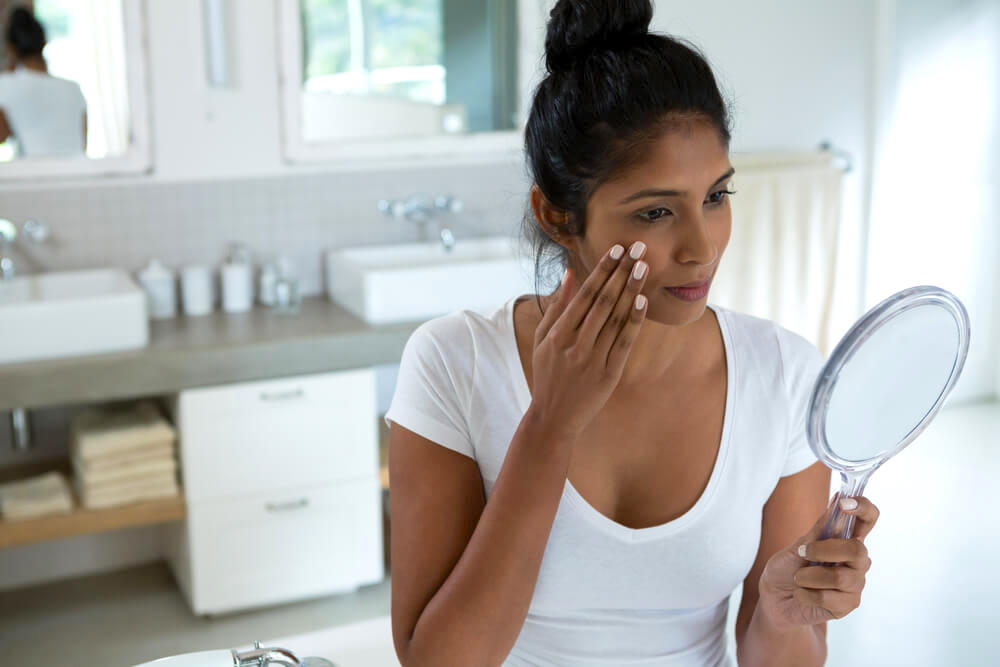
Also known as milk spots, milia is a condition that commonly affects newborn babies, but occurs in adults too.
If this is a condition that you are dealing with, then you likely want to know how to get rid of it, as well as how to prevent it from occurring again in the future…
Here is everything you need to know about milia:
What is Milia?
Milia are small cysts, that look just like bumps, that form underneath the skin. They tend to be no larger than a couple of millimeters in size, and are usually a white or yellow color.
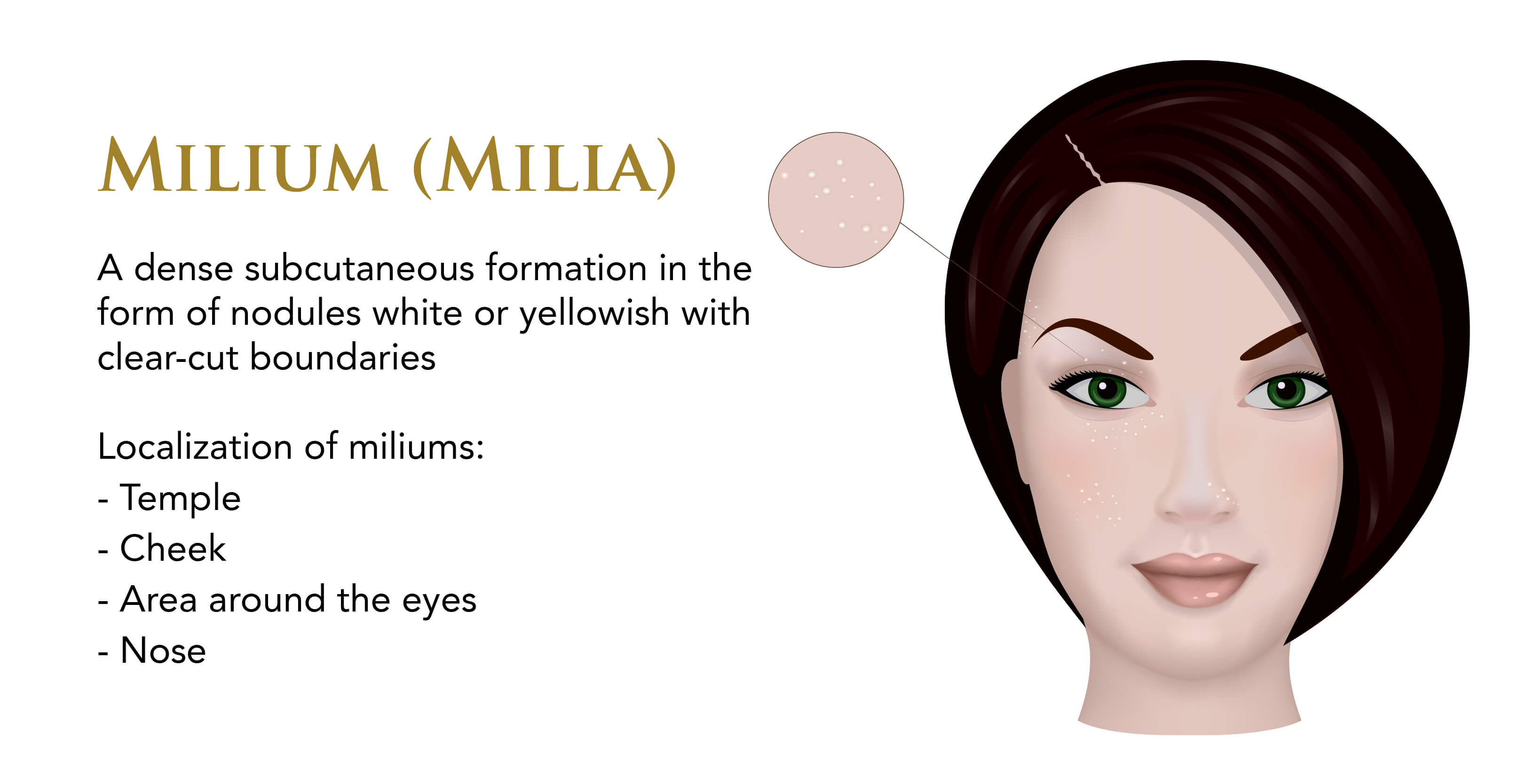
Where on the skin does milia appear?
Usually on the face, especially on the cheeks and around the eyelids. However, milia can occur just about anywhere on the face and body.
Can milia affect anyone?
Yes, milia can occur no matter your skin type, age, race, or anything else. However, this condition does seem to be more prevalent in those who have sun damaged skin.
What Causes Milia?
There are actually a couple of different types of milia out there, and each one is caused by different factors.
The first is known as Primary Milia, and is caused when dead skin cells build up on the surface of the skin, and end up trapped inside the pores. If they remain there for an extended period of time, they can turn into a small cyst, also known as milia.
Secondary Milia looks pretty much the same as Primary Milia, but there are different factors that cause it.
Rather than being due to a build up of dead skin cells in the pores, Secondary Milia occurs when the sweat ducts are clogged.
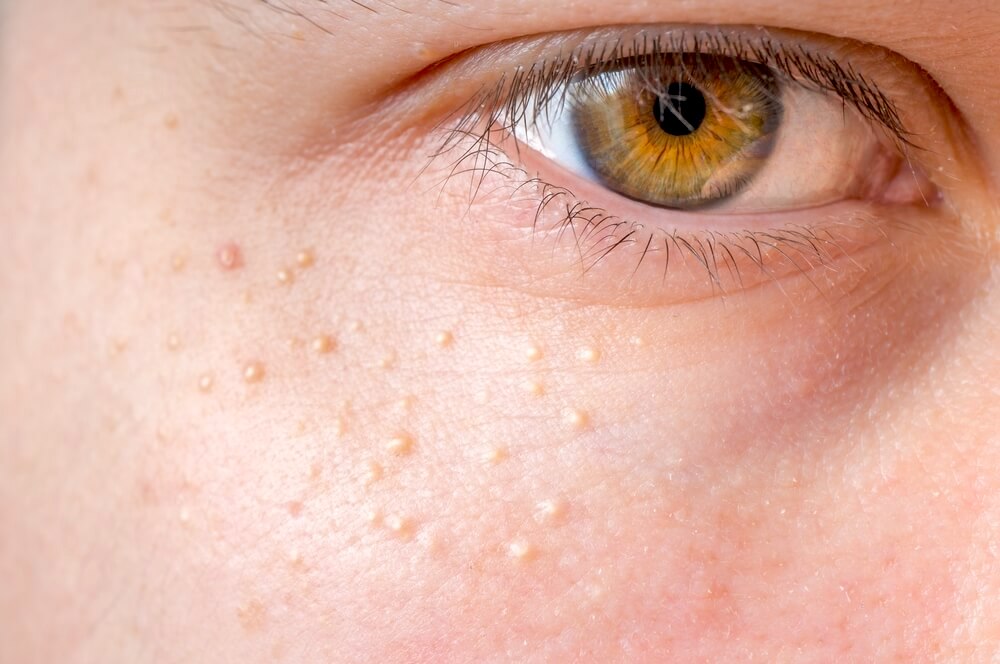
Wondering what the difference is between your pores and your sweat ducts?
Well, as you can guess from their name, your sweat ducts are where your sweat comes from. On the other hand, your pores can be found in every single one of your hair follicles. Your pores contain your sebaceous glands, which produce the sebum that keeps your skin moisturized.
So, back to Secondary Milia…
What causes the sweat ducts to become clogged?
This is usually due to an infection or trauma in the skin, or even other forms of stress being placed on your skin, such as:
- Certain skin care treatments, such as chemical peels and laser treatments
- Smoking
- A build-up of oil from cosmetics
- A lack of personal hygiene
- The long term use of steroids
How to Treat Milia Yourself
The good news is…
Yes, you can get rid of milia!
In fact, you don’t even necessarily need to, as milia usually disappears on its own.
How long does it take before milia disappears naturally?
This all depends on how deep in your skin the milia cysts are. In order for them to naturally disappear, they need to rise to the surface. If your milia are already near the surface of your skin, this could take just a few weeks. On the other hand, if your cysts lie deeper in your skin, this could take a few months.
If you decide to wait for your milia to clear on its own, make sure that you visit a doctor if your milia are still around after a few weeks. This could mean that they are not actually milia after all, and could possibly be another skin condition instead.
Can’t wait that long for your milia to clear on its own?
There are a few different treatment options you could try…
1. Cleansing and Exfoliating
Cleansing and exfoliating regularly is key when dealing with milia.
Why?
Because cleansing, which should take place on a daily basis, clears away all of the impurities from the surface of your skin. This then prevents both your sweat glands as well as your hair follicle pores from becoming clogged, therefore reducing your chances of experiencing both types of milia.
Wondering why you need to exfoliate if you are cleansing every day?
Because exfoliation goes a little deeper…
Rather than solely tackling the surface of your skin, exfoliation clears out your pores too. This can go a long way in preventing Primary Milia from occurring.
How should you be exfoliating?
You have two options:
- Physical Exfoliation – this makes use of an abrasive substance, such as a sponge or a scrub, to physically clear away the dirt, dead skin cells, oil and more that lie on the surface of the skin
- Chemical Exfoliation – these make use of particular chemicals, most of which are naturally derived, to dissolve the glue-like substance that holds dead skin cells to the surface of the skin, enabling them to be easily washed away
Which one is better?
They both work well, so it depends on your skin type and your personal preference. If your skin is quite dry or sensitive, you may be best off opting for a chemical exfoliant to save your skin from the friction that physical exfoliants cause. Fruit enzymes are a form of chemical exfoliation, and these are gentle enough to be used by those with sensitive skin.
2. Chemical Peels
Chemical peels work in a similar way to exfoliating, except that they do this in a more intense way, giving you better results.
Chemical peels can be carried out yourself at home, or can also be done professionally.
What’s the difference between the two?
The main difference is the strength of the peel. As you can imagine, the at-home chemical peels are not as strong as the professional peels, meaning that they only really target the very superficial layers of your skin. Of course, if your milia is not that severe, then this may be all you need.
On the other hand, professional peels as much more potent, and usually bring about more dramatic results.
Another benefit to a professional peel versus an at-home peel is when it comes to customization…
With an at-home peel, you are limited to the ingredients that have already been formulated into the peel. However, with a professional peel, the formula can be tailored to your skin’s specific needs. This is especially important for those who have other skin concerns, or even just sensitive skin.
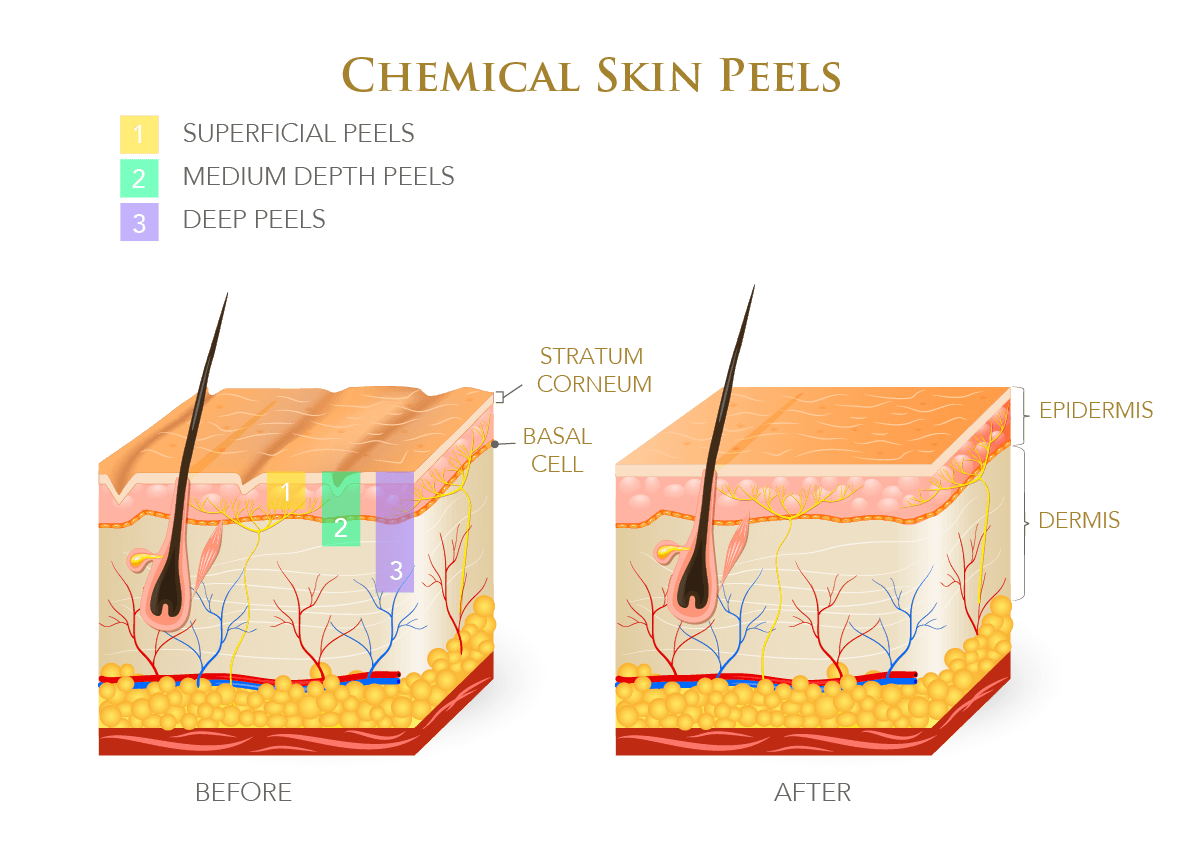
When it comes to cost, professional peels usually cost quite a bit more than at-home peels. However, don’t let this put you off, because you will likely only need one professional peel to obtain the same results that multiple at-home peels would have otherwise given you.
3. Keep Your Hands Away
It can be tempting to poke and prod at milia, with some people even attempting to pick at them in order to remove them.
However, this is something that you should definitely avoid doing…
Why?
Because trying to remove the milia yourself will only result in these cysts bleeding, causing them to then scab up and leave a scar behind. Not only that, but picking at your milia can bring germs and bacteria into the area, leading to a skin infection.
4. Topical Retinoids
While there isn’t much conclusive proof out there on whether or not retinoids can help with milia, they should, in theory, make at least a small amount of a difference.
How?
Well, retinoids work by speeding up your skin cell turnover. This refers to the rate at which your body naturally sheds its dead skin cells in order to replace them with the fresh new cells it has recently produced.
This process occurs naturally, but slows down quite a bit with age. As you can imagine, all of those extra dead skin cells building up on the surface of your skin can quickly clog up your pores, and therefore lead to milia.
Plus, even if the retinoids don’t end up working wonders on your milia, they will still bring your skin a number of other fantastic benefits, such as:
- Evens out the skin tone and reduces hyperpigmentation
- Soothes inflammation and prevents acne breakouts
- Refines the skin and makes the pores appear smaller
- Regulates excess oil production
- Smooths the skin while slowing down the aging process, minimizing the appearance of fine lines and wrinkles
One thing to be aware of is the strength of the retinoid you are using…
In order for topical retinoids to really be effective at clearing milia, they need to be at quite a high concentration. There are over-the-counter retinoid products available, but you will likely need a prescription-strength product when dealing with milia.
Never used a retinoid before?
Make sure that you start off slow, applying just a small amount of the solution to your skin just a couple of times a week. Your skin will likely react quite negatively to the ingredient for the first couple of weeks, but it won’t be long before your skin learns how to tolerate the potency of retinoids, after which you should only be seeing nothing but benefits.
Treating Milia Professionally
All of the above methods of treating milia are effective for some people, but not as effective for others. This depends on a number of different factors, including how severe your milia is.
If your milia is quite severe, or you need it completely gone quickly, then you may want to consider a professional treatment instead.
What does this involve?
Again, there are a few different options to choose from…
1. Manual Milia Extraction
Having your milia manually extracted by a professional is the most effective way to completely clear them.
Wondering what a manual extraction actually involves?
Your dermatologist will use a sterile needle or blade to make a small incision in your skin. They will then use a special tool, or even just their finger, to dislodge the hard plug of milia that has blocked your pores. They will slowly push this upwards through your skin until they are able to properly free it.
Sounds painful?
Don’t worry, it isn’t. The extractions are a pain-free process, which is why numbing creams are rarely used. Most patients equate the feeling to that of a small scratch on their skin.
The downtime isn’t much either…
In most cases, there will be nothing but a slight redness in the area of skin that has been treated, but this will usually disappear in just a few hours.
Wondering if this method gets rid of milia permanently?
Yes, it does for your existing milia. However, this is not to say that more milia won’t appear afterwards, making prevention techniques especially important after having a manual extraction carried out.
2. Advanced Electrolysis
Electrolysis is another effective method for removing milia.
How does it work?
A fine probe that emits currents is used, and focussed over the part of your skin that contains the milia. The current that is sent into your skin breaks down the fatty tissues that make up the milia, allowing your skin to then absorb them.
Many prefer this method to the manual extraction mentioned above, because it does not require any cutting of the skin.
Again, this method is pretty much painless, with patients saying that the treatment feels like tiny pin pricks on their skin.
3. Laser Treatment
Lasers are now being used to treat a wide variety of different skin concerns, one of which is milia.
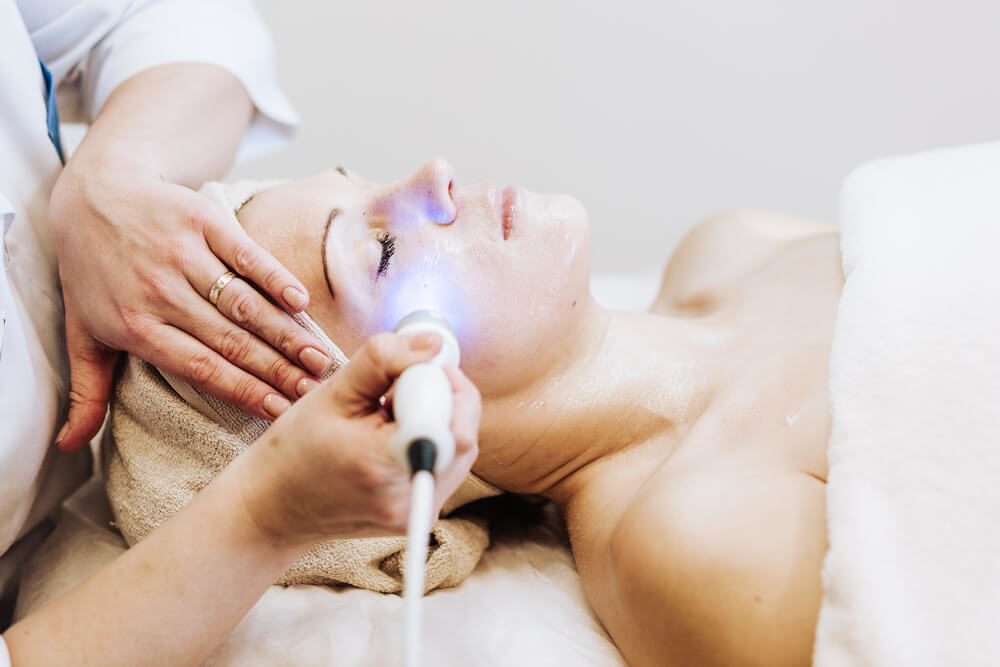
However, this method is only really used as a last resort, only if none of the other above-mentioned methods have worked.
How are lasers used to treat milia?
A local anesthetic is applied to the area of skin that will be targeted. After this, a laser probe is used to send a strong beam of light directly to the milia. This then breaks down the fatty tissues that make up the cyst, enabling them to be absorbed by the skin.
Milia can really interfere with your skin’s texture and appearance, which is why many people try to get rid of it as quickly as possible. While milia does usually disappear on its own eventually, there are many steps that you can take to try to clear it a little bit faster, both at home as well as professionally.

